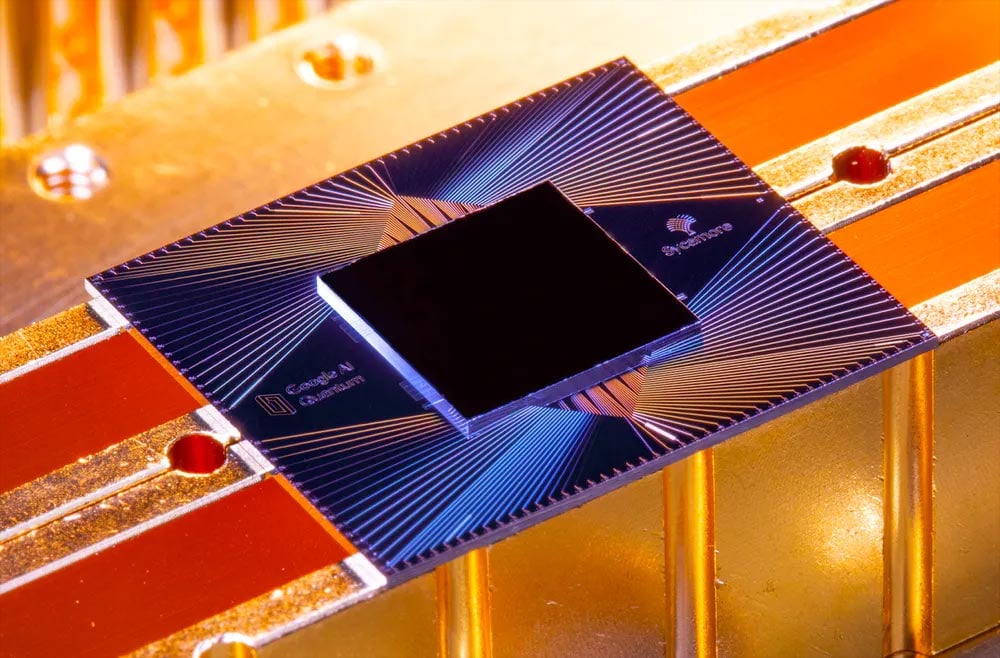

However, the surface code protocol works reliably only if events that cause errors are isolated, affecting at most a few qubits. The surface code involves a large array of connected qubits - some do the computational work, while others are monitored to infer errors in the computational qubits. But the laws of quantum physics say that only one error type can be monitored at a time in a single qubit, so a clever error correction protocol called the surface code has been proposed. To fix errors, computers must monitor them as they happen. Qubits, however, can make two types of error: bit flips or phase flips, where a quantum superposition state changes. Classical bits, then, can only make bit flip errors, such as when a 1 flips to 0. The bits in a classical computer can either be a 1 or a 0, but the qubits in a quantum computer can be 1, 0, or an arbitrary mixture - a superposition - of 1 and 0. “Our experiments show absolutely that errors are correlated, but as we identify problems and develop a deep physical understanding, we’re going to find ways to work around them.” “I think people have been approaching the problem of error correction in an overly optimistic way, blindly making the assumption that errors are not correlated,” says UW–Madison physics Professor Robert McDermott, senior author of the study. Importantly, their work also points to mitigation strategies. The researchers report their findings in a study published June 16 in the journal Nature. Now, researchers at the University of Wisconsin–Madison have found evidence that errors are correlated across an entire superconducting quantum computing chip - highlighting a problem that must be acknowledged and addressed in the quest for fault-tolerant quantum computers. “Quantum computers could outperform classical computers at many tasks, but only if the errors that are an inevitable part of computational tasks are isolated rather than widespread events.


 0 kommentar(er)
0 kommentar(er)
